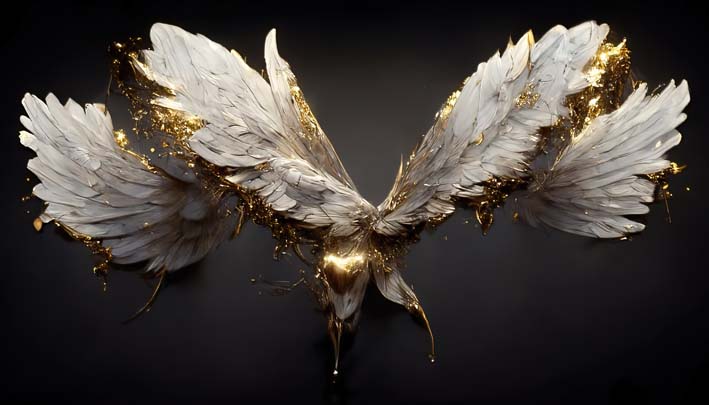Shadows in Artwork
If you’ve ever wondered how to use shadows in your artwork, you have come to the right place. There are several types of shadows, including Hard, Soft, and Meaning shadows. Using shadows correctly can be challenging, but it’s essential to understand how they work to make your art stand out.
Hard shadow

There are two types of shadows: soft and hard. Soft shadows are softer than hard shadows and are used to create a darker area underneath an object. They work differently depending on the light source and the subject. When used together, they are known as a hard-soft combination. Here are some examples of images that utilize both types of shadows.
Hard shadows are created by non-extended light sources. They add depth and definition to an image but can be a bit harsh if overused. On the other hand, soft shadows are created when the light source is larger than the subject. Moreover, a hard shadow’s softness is dependent on the distance between the light source and the subject. The lighter region within the shadow is known as the penumbra.
Contrast
Contrast in art is an important element in expressing ideas and conveying meaning. It also helps to add visual interest and create a sense of depth. This element can be created in a number of ways, including light and dark color tones, different shapes, and patterned materials. Whether it is a painting, drawing, or sculpture, the right amount of contrast can add depth and character to an artwork.
Contrast can help you distinguish between a subject and its background, and it can be an essential tool for achieving visual interest. A movie such as Mad Max: Fury Road uses contrast to show a world stripped to its very foundation. It shows people fighting for survival with only their bare hands and whatever they can find.
Depth
Artists have long utilized the power of shadows in art to convey meaning. In landscape paintings, simple cast shadows can add depth to a landscape, making it appear three-dimensional. In paintings dominated by buildings, the use of shadows can give a painting a more dynamic look. The use of shadows is also important in figurative painting and painting shadows in watercolor.
Shadows can be frightening or pleasant. They can convey a sense of depth and form. The relationship between substance and impression is one of the most important concepts of shadow art.
Meaning
The first use of shadows in art dates back to 79 CE, when Pliny the Elder claimed that art was born when Dibutades traced his lover’s shadow on a wall. The shadow was the first human-made representation, and became a substitute for his lover’s presence. Although Pliny argued that shadows are dangerously false, he did not reject their romantic significance.
It was a common practice for artists to add shadows to their paintings. Painting shadows with complementary colors. This method allowed artists to create an illusionistic effect and allowed artists to express their moods. The idea of the “shadow” as a symbol of human nature was widely accepted and was also applied to other art forms. Artists like Christian Schad, Giorgio De Chirico, René Magritte, and Salvador Dali all used shadows in artwork in their paintings.
Rembrandt
The use of shadows is an important aspect of painting. It can help you focus on the main area of the painting. Similarly, it can help you separate the different planes in a painting. Rembrandt used light effects to help distinguish planes in his Anatomy Lesson of Dr. Tulp painting.
Unlike other artists, Rembrandt did not use a camera to capture his work. Rather, he observed the human form and incorporated the reflected light into his works of art. This understanding of dimensional rendering is still in use today. It also serves as a benchmark for photographers, cinematographers, and gaffers.
Kumi Yamashita
Kumi Yamashita creates site-specific light installations using everyday objects as subjects. By strategically placing light sources and objects at just the right angle, she creates silhouettes and shadows in artwork. Her work is based on Japanese tradition and incorporates references from Western culture.
The technique Kumi uses is called sculpting with shadow and light. She creates works by photographing real models, manipulating light and shadow, and developing a sense of space. Her shadow and light sculptures create a series of portraits known as the Constellation series. In each piece, Kumi wraps a black thread around a galvanized brad. The result is a series of overlapping black threads, which create a sense of space.
Creating the right lighting and shadows in artwork can also come down to how the art piece is lit. At Phantom Lighting Systems we know how to help you best light your fine art. Contact our experts today for a custom solution for your art pieces!
